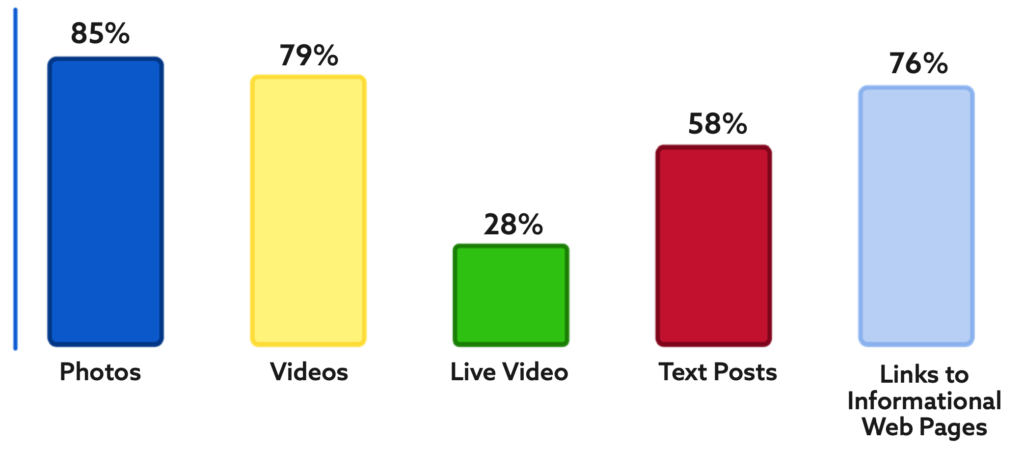The last ten months have thrust those in education into unknown territory. Educators had to establish processes in areas where no best practices had established, or best practices benchmarked. Decisions had to be made quickly based on the information available.
As decisions were made, educators were inundated with noise on social media chiming in on how virtual and socially distanced education was taking place. Comments, posts, and petitions were circulated as students and parents absorbed traditions from prom, graduation, and sports being turned upside down or eradicated altogether. Schools found themselves consumed in communication as their policies were established and rolled out at a rapid pace – the pandemic pace.
Since the beginning of social media, information and data have traveled quickly. The Covid-19 global pandemic, however, pushed the boundaries of how fast information can be transmitted with more people tuned into social media than ever. The pandemic created a cadence on social media and pushed content creators and moderators to a whole new level of speed.
Recently, Class Intercom surveyed school communicators, educators, administrators, and technology professionals from schools across the country to learn more about their pandemic response. Compiling this information, Class Intercom developed the 2020-2021 Social Media Trends in Education Report. Here is what we learned.
As schools continue to navigate in a new year, they should look to continue on the pandemic pace as vaccinations are rolled out and plans for the next school year are drafted. As information continues to evolve, schools should be integrating social media into communication plans.
Communication is most effective in a layered approach.
Most schools leaned heavily on social media for communicating in 2020 with 95% of schools using social media to communicate during the pandemic. For many schools, it was the most effective tool to communicate updates and changes in plans layered on top of emails and other messaging.
Parents, staff, students, and community members follow schools on social media to be engaged in what the schools are doing and how students are learning in this new environment. Many schools saw an increase in followers as more individuals tuned into their social channels to stay on top of the latest events.
While most schools have rolled into 2021 with a new routine, these new followers are still watching.
Always be prepared with a response.
As social media attention was focus on what schools would do next in 2020 and many had an opinion to share, schools were faced with reviewing and responding to comments at that unprecedented pandemic pace. While this was a fire drill for many schools, it also was a strong step in helping schools move forward with comment moderation procedures. Pre-approved responses were heavily used to respond to comments (37%) and others used pre-approved responses in combination with private messages (23%). A small portion (5%) took the position of not responding to comments.
Having a plan before comments come in is key to an effective communication strategy. While developing an update or message, brainstorm potential questions a parent, student, teacher, or community member might have. Poke holes in your own message to ensure it is clear and concise. Then, prepare responses to questions or criticisms that might arise.
Share your school’s success.
Finally, 2020 gave schools an opportunity to showcase the incredible learning opportunities that were still taking place inside and outside of the physical classroom. While students faced many challenges with social, mental, and physical well-being, schools stepped up to adapt and meet these needs.
Social media allowed schools to connect with families and the community by sharing these stories. Show the world that safe learning can happen and is happening. Many schools have implemented this approach with 85% reporting using photos to share the virtual, in-person, and hybrid learning taking place. Another 79% use video to share what is happening in their schools and district.

How schools share how students are learning in a pandemic.
This kind of storytelling is sticking around for 2021. Social media should not just be used to communicate what is going to happen, but also what is or has happened in schools related to the success of students and the community. Don’t deprive the public of knowing the incredible success stories, both big and small, coming from your school. Keep these stories in your school’s content to keep it personal to student success.
All-in-all, the Covid-19 global pandemic pushed schools to a new level in social media communications and has modified audience expectations. Many schools have realized the speeds at which they can produce social media content and the eager engagement from the parents, students, and the community.
For more information on the future of social media in schools, download our 2020-2021 Social Media Trends in Education Report here.
